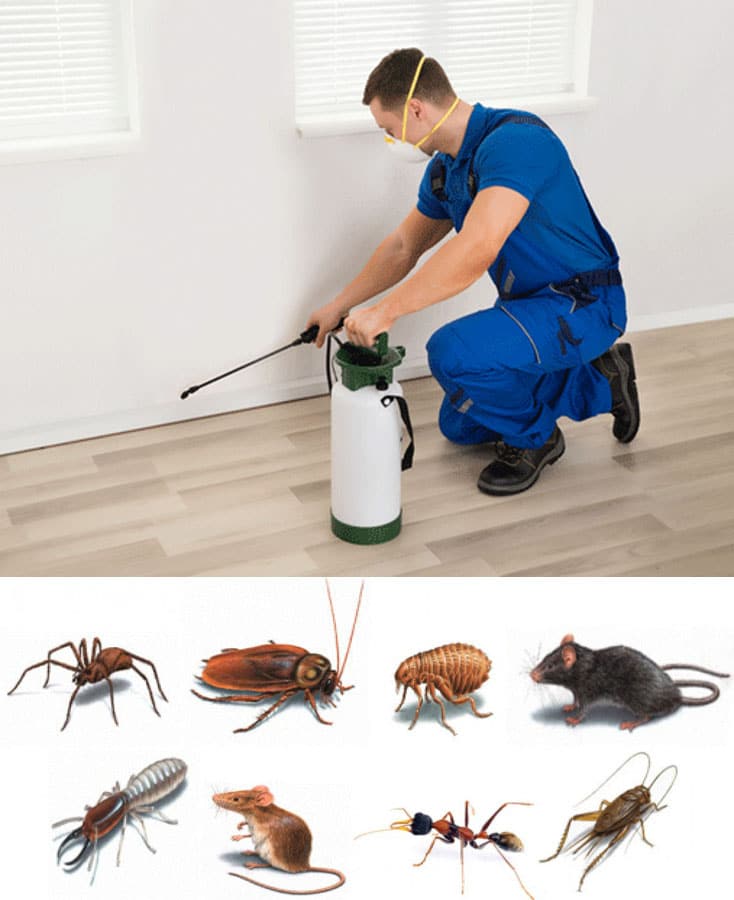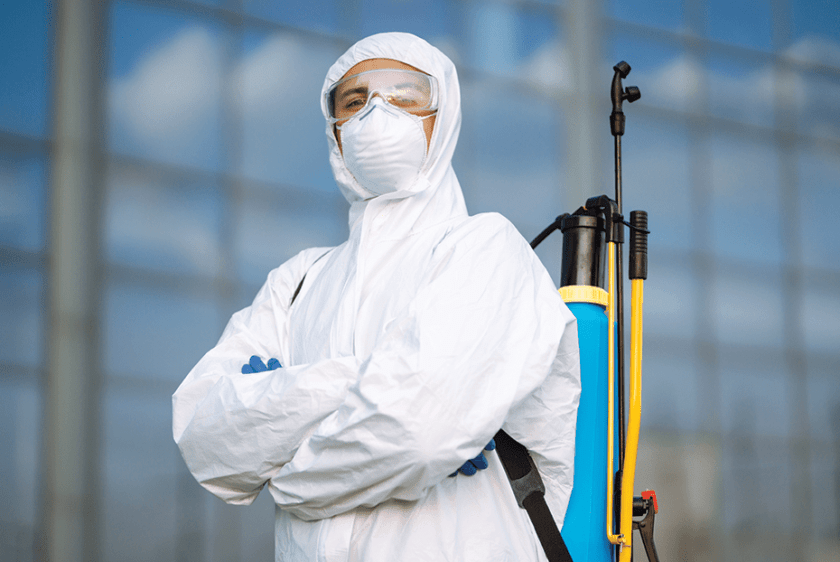Go with expert Pest Control to achieve a pest-free environment.
Eco-Friendly Parasite Control Approaches for Managing Wildlife in Urban Areas
Urban areas commonly locate themselves at the junction of human activity and wild animals, leading to unique obstacles in bug management. These methods not only protect the atmosphere but also improve area engagement in wild animals monitoring. As urban populaces proceed to expand, understanding the dynamics of wildlife communications becomes increasingly crucial.
Understanding Urban Wildlife Characteristics
Understanding Urban Wildlife Dynamics is important for establishing reliable and green pest control approaches. Urban areas are increasingly ending up being environments for different wildlife varieties, driven by aspects such as habitat fragmentation, food schedule, and human encroachment. Identifying these characteristics permits a nuanced method to pest management that aligns with eco-friendly concepts.
Urban wildlife frequently consists of varieties such as raccoons, squirrels, and birds, which adapt to city settings, finding particular niches in eco-friendly areas, parks, and also houses. Their visibility can result in conflicts with humans, specifically when they exploit human sources for food and sanctuary. Recognizing the behaviors and environmental functions of these varieties notifies strategies that reduce adverse interactions while promoting biodiversity.
Moreover, acknowledging the interdependencies within city ecosystems helps in identifying vital areas for environment conservation and reconstruction. This expertise contributes to the growth of incorporated insect management (IPM) strategies that take into consideration the environmental equilibrium, therefore reducing reliance on harmful chemicals. By fostering coexistence between humans and city wild animals, cities can produce healthier settings that benefit both locals and regional environments, leading the way for sustainable metropolitan living.
All-natural Repellents and Deterrents
Natural repellents and deterrents provide a sustainable alternative to traditional bug control methods by taking advantage of the power of nature to keep unwanted types away. These green solutions generally use plant-based active ingredients, essential oils, and various other naturally taking place substances that discourage parasites without damaging the environment.
One efficient natural repellent is peppermint oil, which is recognized to repel rodents and insects. Its solid aroma is unpleasant to numerous parasites, making it a preferred choice for urban setups. Similarly, vinegar and citrus peels can act as deterrents, as their strong smells are generally unappealing to numerous wild animals.
Additionally, diatomaceous earth is a natural powder that can be spread out in areas prone to bug task, properly dehydrating and hindering bugs without positioning threats to non-target types. Furthermore, garlic sprays and neem oil are acknowledged for their capability to repel a large range of parasites, including both pests and larger wild animals.
Carrying out these all-natural repellents not only minimizes reliance on chemical pesticides but also promotes a much healthier city environment, cultivating a more well balanced coexistence between human beings and wild animals. By utilizing these techniques, city areas can successfully handle bug populaces while minimizing environmental effect.
Environment Modification Techniques
Efficient environment alteration strategies play an important duty in sustainable insect administration by modifying the setting to make it much less conducive to pest infestations. By comprehending the eco-friendly characteristics of city locations, homeowner can implement tactical adjustments that prevent bugs while advertising biodiversity.
(Integrated pest management Port Charlotte)One key technique includes preserving appropriate hygiene. This consists of normal waste elimination, securing trash bins, and getting rid of standing water to decrease breeding sites for bugs and rats. Furthermore, landscape design techniques such as picking indigenous plants can boost eco-friendly equilibrium, offering habitats for beneficial microorganisms while decreasing sources for parasites.
An additional vital method is to seal access factors in structures. Inspecting and repairing splits Termite Control in structures, walls, and home windows can significantly minimize insect access. In addition, producing physical barriers, such as fencings or plant buffers, can hinder wildlife activity into human-inhabited locations.
Integrated Pest Administration Practices
Structure upon environment alteration techniques, incorporated insect monitoring (IPM) practices use an alternative approach to regulating pest populaces while minimizing environmental influence. IPM combines different strategies, including organic, cultural, mechanical, and chemical controls, to accomplish efficient bug management.
Biological control entails the intro of natural killers or bloodsuckers to reduce pest populations. Social practices, such as crop rotation and hygiene, disrupt pest life cycles and diminish their habitats - Pest Control. Mechanical controls, like catches and obstacles, provide immediate remedy for bug stress without chemical intervention
Chemical controls are used as a last hope, concentrating on targeted applications that limit injury to non-target varieties and the environment. The selection of ecologically pleasant chemicals, when essential, is essential to the IPM framework. Furthermore, monitoring insect populations and evaluating prospective damage assists notify decision-making, making certain that treatments are prompt and reliable.
Area Participation and Education

(Cockroach Control)Workshops and educational sessions can furnish homeowners with expertise regarding native types, habitat preservation, and reliable safe parasite monitoring methods. Partnership with schools, local companies, and federal government firms better improves academic outreach, guaranteeing that important information gets to varied target markets.
Additionally, community-led efforts, such as neighborhood clean-up days and environment repair projects, not just advertise biodiversity however also reinforce neighborhood ties. Pest control service. By motivating locals to share their experiences and monitorings, areas can establish targeted techniques that resolve certain local parasite problems
Including feedback from residents right into pest monitoring plans makes it possible for a much more receptive and adaptive approach to wild animals challenges. Inevitably, informed and involved communities are crucial to achieving long-lasting success in environmentally friendly insect control, leading to much healthier urban atmospheres that respect both human and ecological demands.

Conclusion
In conclusion, eco-friendly parasite control comes close to offer lasting remedies for managing city wild animals. By prioritizing environment adjustment, utilizing all-natural repellents, and carrying out integrated pest monitoring methods, communities can cultivate a harmonious coexistence with regional fauna.